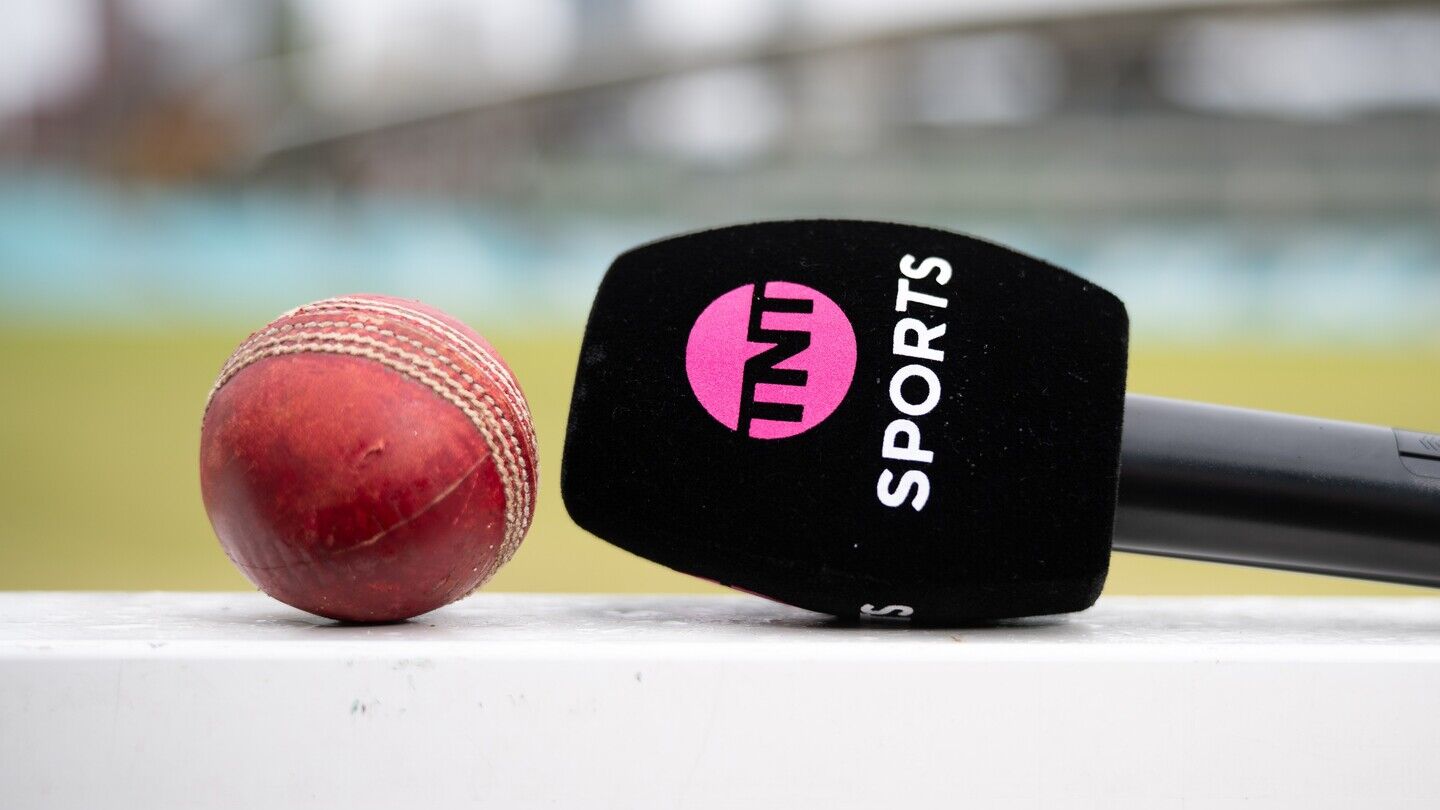France has one standalone sporting spectacle this year in hosting the Rugby World Cup France 2023 and anticipation of a possible home triumph is building, writes Adrian Pennington.
“This reminds me of the excitement in the build-up to 1998 when France hosted the football World Cup,” said Julien Bertin, Executive Producer at HBS, told IBC365. “If France performs on the pitch anywhere near as well as [the team who won in 1998] the more the excitement will build; this is a huge opportunity for France as a country.”
In the four years separating the 2019 and the 2023 Rugby World Cups, World Rugby has worked hand in hand with its host broadcaster, HBS, to evolve its coverage to add new specialist cameras to the standard camera plan. Coverage this time will feature footage from cable-cameras for every match, drones, helicopters, and cine-style cameras.
“It has been a pleasure to work alongside HBS with the planning of RWC 2023 where we feel the broadcast of rugby will be shown in an...
You are not signed in
Only registered users can read the rest of this article.

Behind the scenes: Hamnet
Look, lighting and camera movement were stripped back to basics by cinematographer Lukasz Żal to create the stage for Shakespeare’s personal tragedy.

Behind the scenes: The Running Man
Scenes structured like Russian nesting dolls present Editor Paul Machliss with a challenge in completing this deadly reality TV show.

TNT Sports and The Ashes: “We need to be at the heart of the story”
TNT Sports takes a hybrid approach as England’s cricket team heads down under with a sporting chance of returning with a little urn. Adrian Pennington reports.

Behind the scenes: Frankenstein
Cinematographer Dan Laustsen tells IBC365 why he and Guillermo del Toro turned the classic nightmare, Frankenstein, into a love story of ice and warmth between father and son.
Behind the scenes: Good Boy
From casting his own dog as the lead to shooting at a dog’s eye level, first-time Feature Director Ben Leonberg has perfected a filmmaking process built entirely around a pet. The result? Critical acclaim and a viral smash for horror season.

.jpg)



